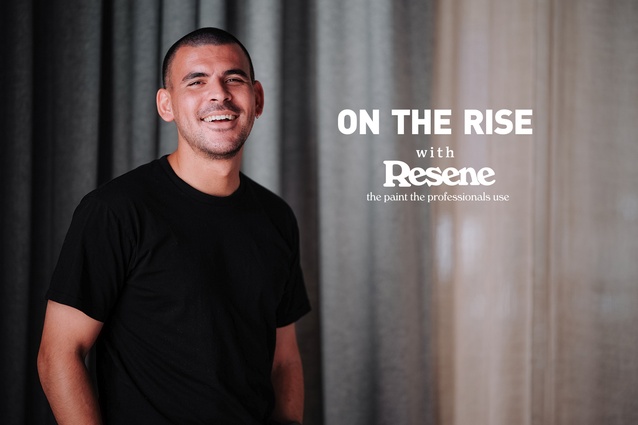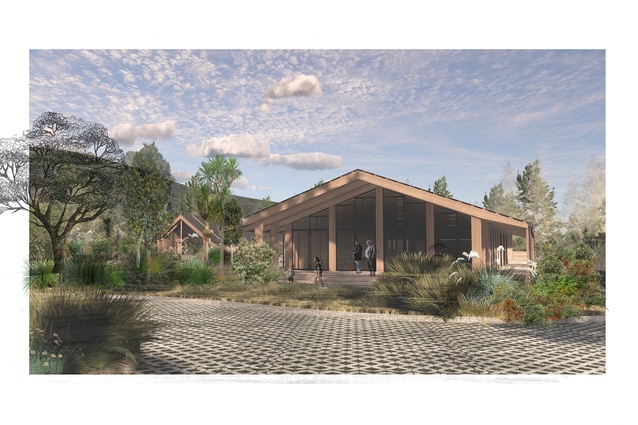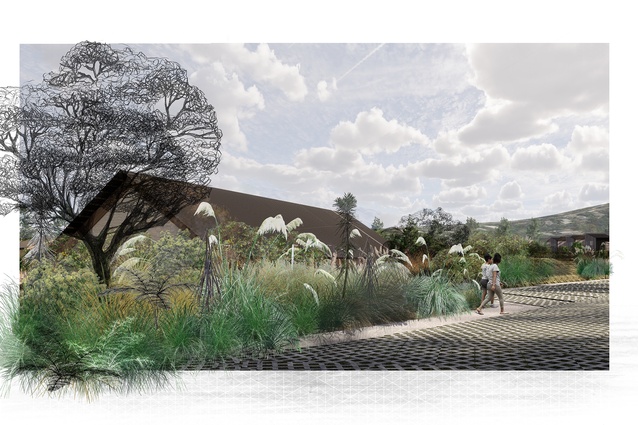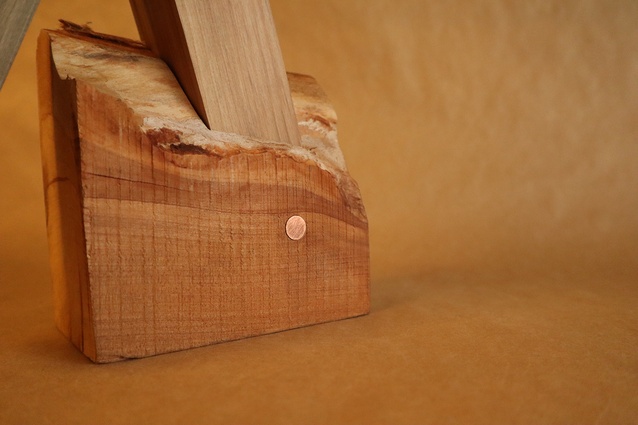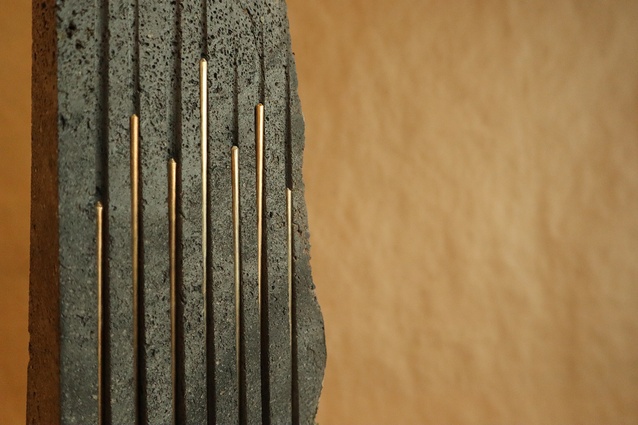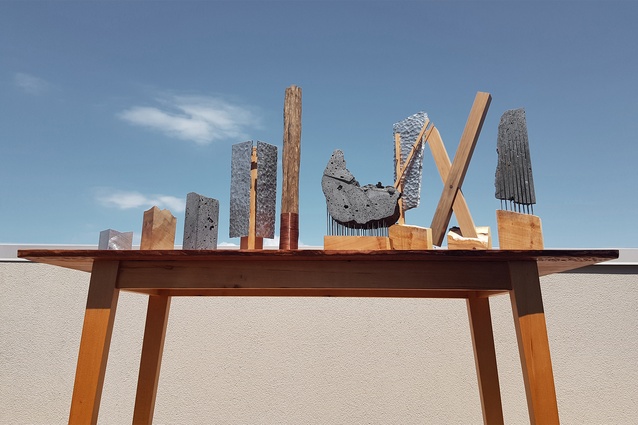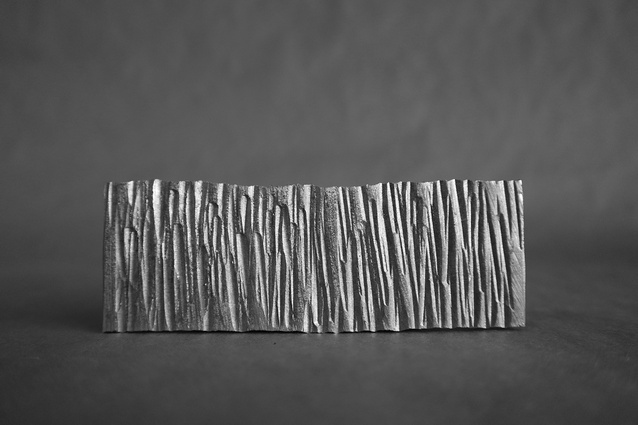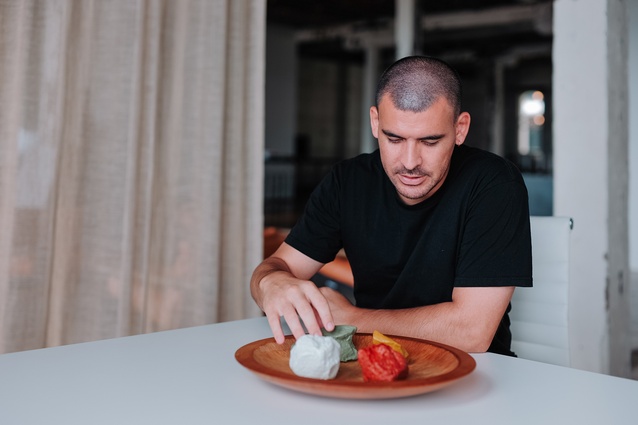On the Rise: Tane Pamatatau-Marques
ArchitectureNow’s On the Rise series, supported by Resene, profiles young designers from across the country who are shaping the future of the industry. In this instalment, we talk to architectural designer and teacher Tane Pamatatau-Marques about his hybrid architectural philosophy and how the social and physical history of Aotearoa can be better represented through the design choices we make.
Jacinda Rogers (JR): Your name hints at multicultural origins. Tell me a bit about about your background.

Tane Pamatatau-Marques (TPM): On my mother’s side I whakapapa to the Cook Islands and have Pākehā ancestry. On my biological father’s side, I’m Portuguese. I was born and raised in Tāmaki Makaurau, which is my home. The idea of hybridity is important to me; I identify with the Auckland-Kiwi context I grew up in, as well as being a person of Te Moana Nui.
JR: You received the prestigious Kupe Leadership Scholarship through the University of Auckland. What is its ethos and how did it impact you?
TPM: The Scholarship brings together a broad range of students from across the university to participate in a very special leadership programme. It was founded on an ethos of dedication to place — to Aotearoa, which I think is what sets it apart and what attracted me to apply in the first place.
Recipients receive a stipend, thanks to some hugely generous donors, as well as a mentorship. I was very lucky to have both Pip Cheshire of Cheshire Architects and Professor Deidre Brown as mentors. I wanted to work with them because I felt they represented the very best of both sides of my architectural practice — traditional practice and academia respectively.
When I received the Scholarship in my fourth year, it was only the second year it had been offered and now five years on there’s a lovely sub-cohort of architecture people too.
Ultimately it gave me confidence that I’d done the right thing in changing careers to study architecture. The other recipients are all exceptional people who have gone on to do heaps of incredible things. It was life-changing; it’s an incredible opportunity.
Tell me about the aims of your thesis dissertation ‘Material Agency, Embodied Dialogue, and Whakapapa: a Case for More Sensitive Engagement with our Material Histories’.
TPM: It’s a big topic. To provide a bit of context, I did a philosophy degree before I went to architecture school, and that background made a strong resurgence in my thesis year. Ultimately the project is an attempt to bridge my interests in Western metaphysics and ontology and Indigenous Pacific architecture and philosophy. As much as I think the word is overused, I guess it’s an intersection.
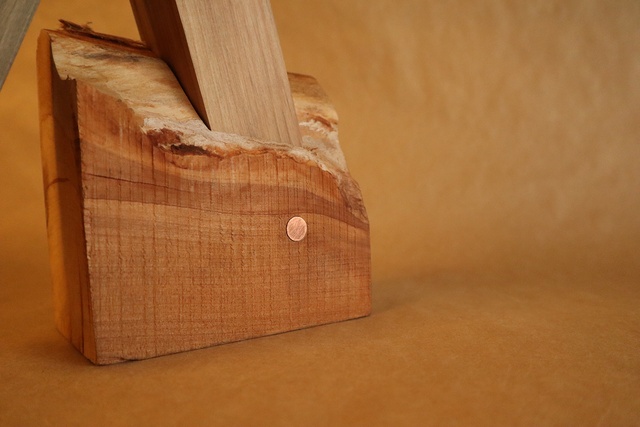

While at architecture school I noticed many similarities between the school of Western new materialist philosophy I subscribe to and the Indigenous ontologies of the Pacific I was learning about during my studies.
I took the opportunity that a year-long research project provides to look at what I thought the fundamental state of existence of the world might be from a philosophical perspective, and then apply that to architecture. The project ended up as an argument for a deeper, more reflexive approach to architectural materials and the histories and relationalities they carry within them. I argued that the material world is a single relational plane; a universal interwoven tivaevae.
It’s exciting to see some schools of thought in Western philosophy are catching up with ways of considering the world that many Indigenous peoples have had always. I really believe that we are uniquely placed here in Aotearoa and Te Moana Nui to embrace the multitude of philosophical resources at our disposal and lead the world in this sense.
JR: You teach various studio papers at the University of Auckland Waipapa Taumata Rau. What inspired you to teach alongside your work in practice?
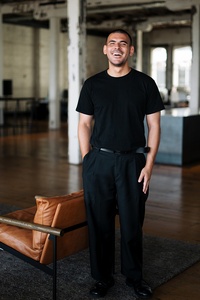
TPM: I had the most incredible teachers when I was at architecture school, people who helped me figure out what I wanted to do within architecture and helped me understand my practice and the way I think about the built environment in general. As I was a bit older having completed a philosphy degree, I felt that teaching was a space I could add some value and give back — or more specifically, try to pass on some of the incredible teaching experiences that I’ve had myself.
With teaching, I try to embody an ethos of care and dedication because I think it makes a big difference when teachers slow down and try to create space for students to figure out what they want to do. That might not always look like the typical progression through architecture school in terms of straight to buildings from A-to-B. Each student needs time be able to figure out how they relate to the discipline, to tertiary education, and to the world in general.
There are societal, economic, and political pressures that are constantly sapping away from teaching resources. So, to practice dedicated teaching in my own time or, where I can, is to try and resist those forces and hold open space for slow architectural and studio teaching. It’s given me so much. It’s given my friends so much. So it’s a bit of activism in that way.

JR: Are there any other areas of study, or philosophy, that you’re engaged in or have an active interest in?
TPM: I try to make things when I’ve got time. Try being the operative word here. I’d like to continue the sculpture work that started during my thesis year, as well as to keep contributing to great endeavours such as pre:fab, which is a collective creating space for alternative modes of architectural practice, research, and community.
I’m trying to write a journal article that is essentially a publication of my thesis. But I’m also trying to learn how to be an architect at the same time. When I finish the incredible projects that I’m doing at work, I’d like to do some more study.
JR: Tell me a little about the type of projects and work you do as an architectural graduate at Monk Mackenzie.
TPM: I was lucky enough to start here just before I finished my thesis, working mostly with Hamish Monk and Raukura Turei on iwi and community housing projects. We’re doing some amazing papakāinga work for Waikato Tainui; 47 homes in Kirikiriroa Hamilton, and 250 in Hopuhopu — a historic piece of the whenua between Ngāruawāhia and Taupiri which is earmarked to become a hub for the iwi’s cultural development.
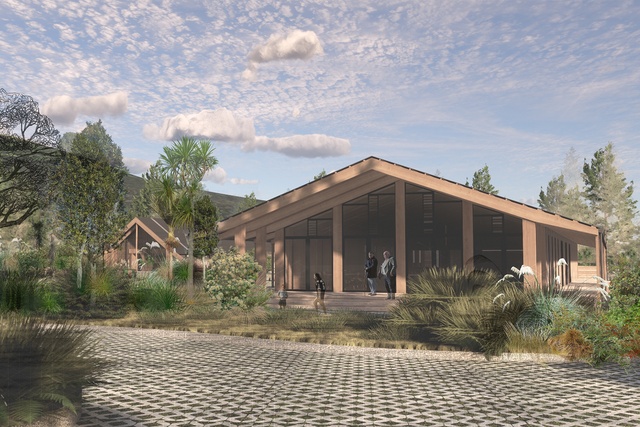
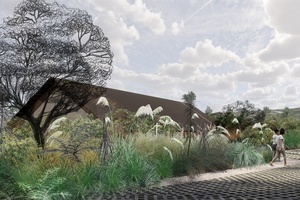
We’re also working on a very special marae and papakāinga project out west at Te Henga Bethells Beach for Te Kawerau ā Maki. [You can find out more about that project here].
In my experience, working with iwi is great because the emphasis is on the long view. They’re not thinking just about the next project milestone, or even 30 years ahead, but holistically about the long-term future of the land and the future of the people. While there are always project constraints, I feel there is capacity to create rich and meaningful projects that prioritise the relationships between people, the whenua, and the moana.
JR: Is there anything you feel could change in order to give architects more agency to create places that better abide by those values you’ve mentioned?
TPM: I hope to see architecture regain its political agency. I think architectural knowledge is undervalued and underrepresented at the tables where the big decisions are made about the future of the built environment in Aotearoa. I would love to see the reinstatement of public sector architecture positions that are properly empowered to address the massive infrastructure, housing, and environmental problems we currently face. Perhaps it’s time for something along the lines of a revitalised Ministry of Works with the necessary cultural, environmental, and technological updates to make it fit for today.
JR: Lastly, what was the inspiration behind your Resene mood board and what Resene colours did you draw upon to communicate your idea?


TPM: Recently, I have enjoyed looking for second hand native timber bowls to then add something of my own creative expression to. I try to find a middle ground between the material, the original worker’s hand, and my very limited carving skills.
My mood board features a bowl of 1000-year-old matai made by highly regarded Nelson woodturners Ann and Bob Phillips. I have used the warm, earthy colours of Resene Rata, Resene Rusty Nail, and Resene Finch and the vibrant glow of Resene Moon Mist on stones sourced from Piha to compliment the warm honey-tones of the ancient matai wood. Cloudy whites such as Resene Black Haze, and Resene Moon Mist, have a natural, atmospheric, quality that complements a naturalistic colour scheme.
I’ve recently been inspired by the earthen tones we bring into our architectural work to speak to the whenua we’re working with. Tonally, the palette aims to provide colour accents while harmonising with the matai in a way that doesn’t overpower the timber.
In terms of texture, I think paint is sometimes under-considered for its ability to bring a feeling of thickness, solidity, and depth. Here I’ve tried to emphasise its liquid properties in addition to what it provides in colour.
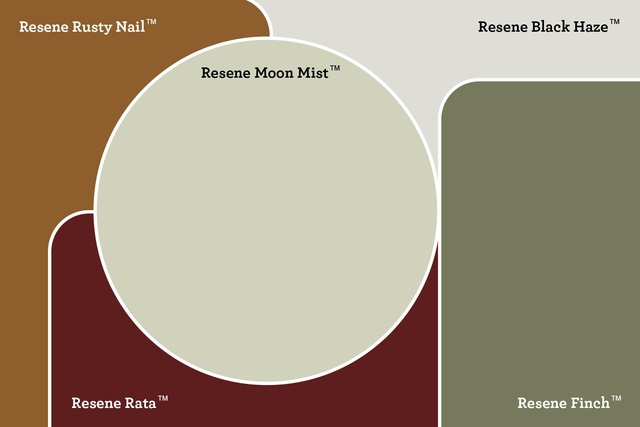
See more from the On the Rise series here.

